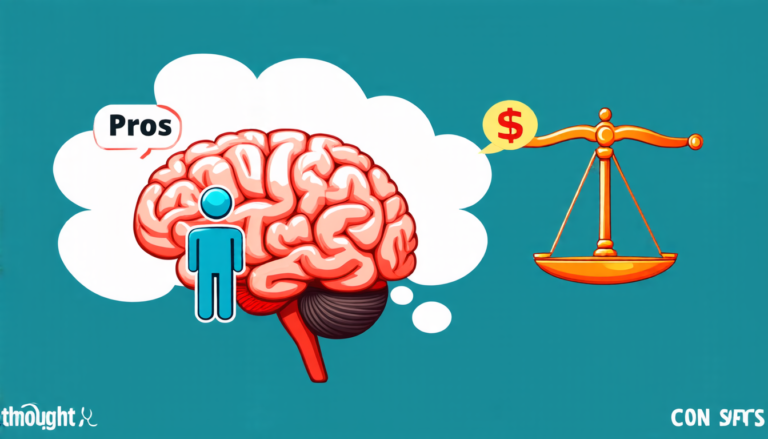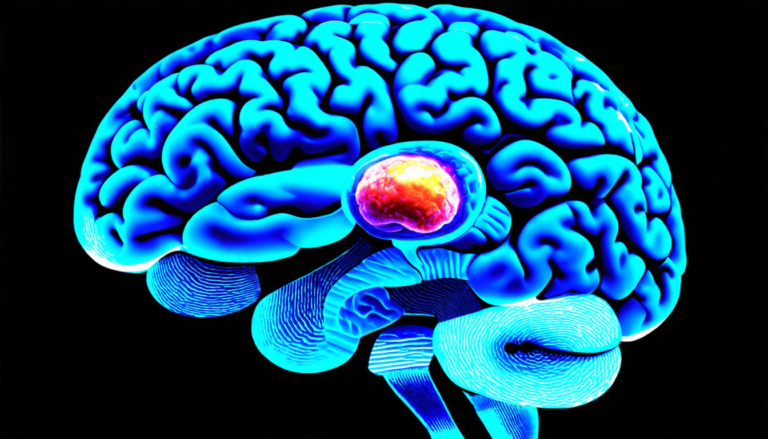Tuesday 24 June 2025
The field of biomedical informatics has long struggled with understanding how drugs interact with each other. This is a crucial aspect of personalized medicine, as it allows doctors to tailor treatment plans to individual patients and minimize adverse effects. A recent study published in an anonymous arXiv paper aims to address this challenge by creating a large-scale dataset called MUDI that combines multiple types of data to better understand pharmacodynamic drug-drug interactions.
The authors of the study recognize that current datasets focus primarily on textual information, overlooking the complex molecular mechanisms involved in these interactions. To combat this limitation, they’ve created MUDI, which includes over 310,000 annotated drug pairs across six different modalities: text, chemical formulas, molecular structure graphs, and images. These modalities provide a comprehensive representation of drugs, allowing researchers to better understand how they interact with each other.
The authors evaluate their dataset using various machine learning models, including neural networks and graph convolutional networks. They find that the molecular graph-based model performs best, achieving a macro-averaged F1 score of 57.36% in direction-agnostic matching. The text-based model also shows surprisingly strong results, suggesting that drug identity alone can encode useful priors.
To better understand how different modalities contribute to predictions, the authors visualize their agreement in a heatmap. They find that while all modality pairs exhibit moderate correlation, SMILES and image achieve the highest agreement at 0.68. This finding motivates future work on modality selection, weighted ensembling, or modality-specific gating to optimize fusion strategies.
The study also conducts several ablation experiments, each removing a modality to examine its impact on performance. The results show that the molecular graph and image modalities have the greatest influence on prediction accuracy, while text-based and chemical formula-based models contribute less significantly. This highlights the need for advanced fusion methods that can effectively integrate heterogeneous information from diverse modalities.
The creation of MUDI represents a significant step forward in understanding pharmacodynamic drug-drug interactions. By combining multiple types of data, researchers can better identify patterns and relationships between drugs, ultimately improving patient care and treatment outcomes. As the field of biomedical informatics continues to evolve, datasets like MUDI will play an increasingly important role in driving innovation and advancing our understanding of complex biological systems.
The study’s findings have significant implications for the development of personalized medicine.
Cite this article: “Creating a Large-Scale Dataset to Understand Pharmacodynamic Drug-Drug Interactions”, The Science Archive, 2025.
Biomedical Informatics, Drug-Drug Interactions, Personalized Medicine, Mudi Dataset, Pharmacodynamics, Machine Learning, Neural Networks, Graph Convolutional Networks, Molecular Structure Graphs, Smiles Notation.







